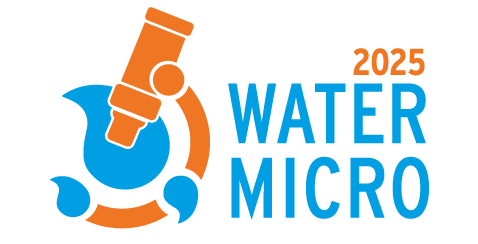Alexandra Kossik1, Maya Ramaswamy1, Molly Cantrell1, Graeme Prentice-Mott1, Heather Reese1, Megan Gerdes1, Megan Bias1, Stacie Reckling1, Ariel Christenson2, Mami Taniuchi3, Md Ohedul Islam3
1CDC, Atlanta, USA. 2North Carolina Department of Health and Human Services, Raleigh, USA. 3The University of Virginia, Dhaka, Bangladesh
Introduction
Disease surveillance programs around the world are increasingly turning to WES as a potential cost-effective disease detection tool, but the discipline still lacks established methods for estimating populations represented by a WES sample. We will bring together government, non-governmental, and academic partners offering perspectives from the U.S. national, state, and local levels, and international levels to discuss challenges in wastewater and environmental surveillance (WES) population representation and data interpretation. Understanding population representation – identifying who is contributing human excreta to a sewershed or non-sewered sampling site – is essential to interpreting WES data and aligning it with other public health data sources for public health action. While some projects have been able to demonstrate approaches for identifying contributors to wastewater and fecally-impacted environmental waters, significant challenges remain. This session will present challenges in common WES settings in the U.S. and globally and possible strategies to address WES data use and interpretation.
Side event objective
This session has the following objectives, to: 1. Build awareness of differing WES settings in the U.S. and globally 2. Discuss the importance of understanding population representation to interpret WES data 3. Highlight challenges faced in different WES settings and varying resource contexts in determining population representation 4. Offer feasible approaches to address challenges in understanding population representation and data interpretation To support these objectives, participant feedback on WES population representation will be used to improve understanding of the relationship between WES data and population data. We will discuss ways to approach the identified challenges with WES population representation. Improving data use and interpretation will enhance our ability to interpret WES data for public health action.
Methodology/format
Draft Agenda:
1) Introduction to WES settings
2) Conveners present challenges in specific WES settings:
- U.S. federal (sewered, high income country context)
- (CDC NWSS) Challenges with standardization of sewershed delineation across U.S. state, local, territorial and tribal jurisdictions, and assessment of surveillance population representativeness
- North Carolina (sewered, high income country context)
- Review results of demographics analyses, which used the CDC social vulnerability index, conducted by Mathematica, NC State University, and the NC Department of Health and Human Services. Discuss challenges and opportunities with populations using septic systems and other decentralized wastewater systems.
- The country of Georgia (sewered, middle-income country context)
- (CDC Global WASH) Challenges obtaining data (e.g. sewershed maps, catchment populations) and changing purpose of data alignment (e.g. validation, triangulation of different data sources)
- Bangladesh (sewered and non-sewered, low income country context)
- (University of Virginia & icddr,b) Investment and resources needed for blueline mapping, sustainability and reality of investing in this type of mapping for project activity sites compared to long-term surveillance activity sites
3) Discussion: Panel discussion on key data interpretation issues, highlighting key assumptions in interpretation
4) Discussion: Interactive break out groups to encourage participants to highlight additional challenges or gaps and offer innovative approaches to addressing population representation and data interpretation in WES
Expected outcome
This session will serve as an opportunity for participants to learn about and discuss challenges related to assessing and addressing population representation in WES. Participants will have deep-dive discussions of challenges in particular WES sanitation settings and collaboratively brainstorm approaches to challenges during the breakout. Participants will be encouraged to highlight particular sanitation settings that were not addressed by panelists and may benefit from further investigation.
In addition to a summarized list of challenges and possible approaches, including those presented by panelists and audience participants, this session would support the creation of new partnerships between attendees who may be experiencing similar challenges in WES interpretation and representation.
